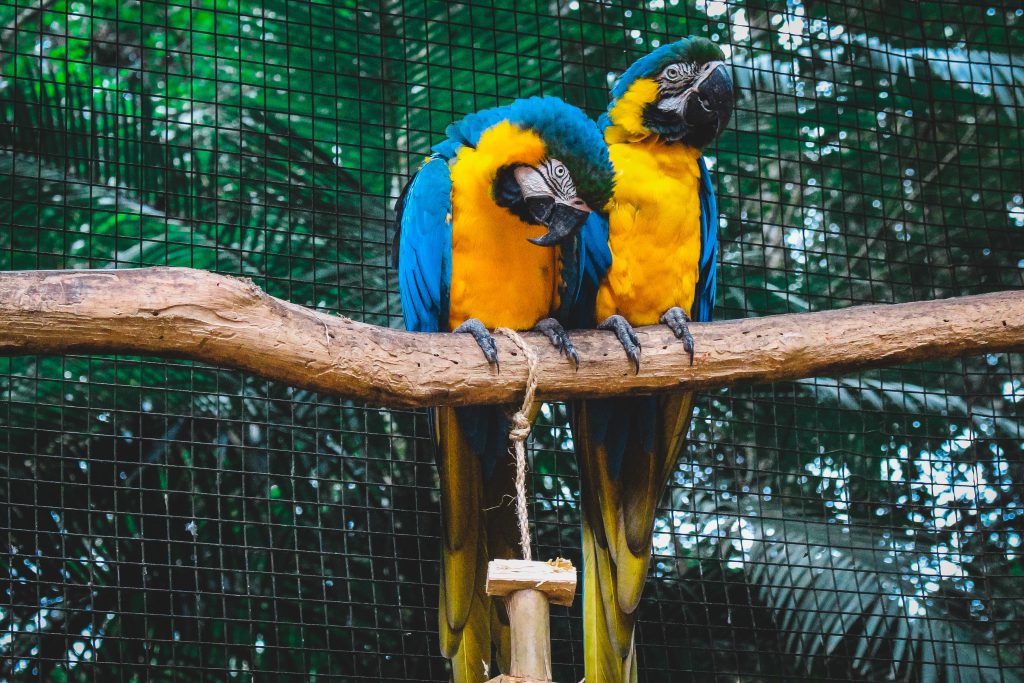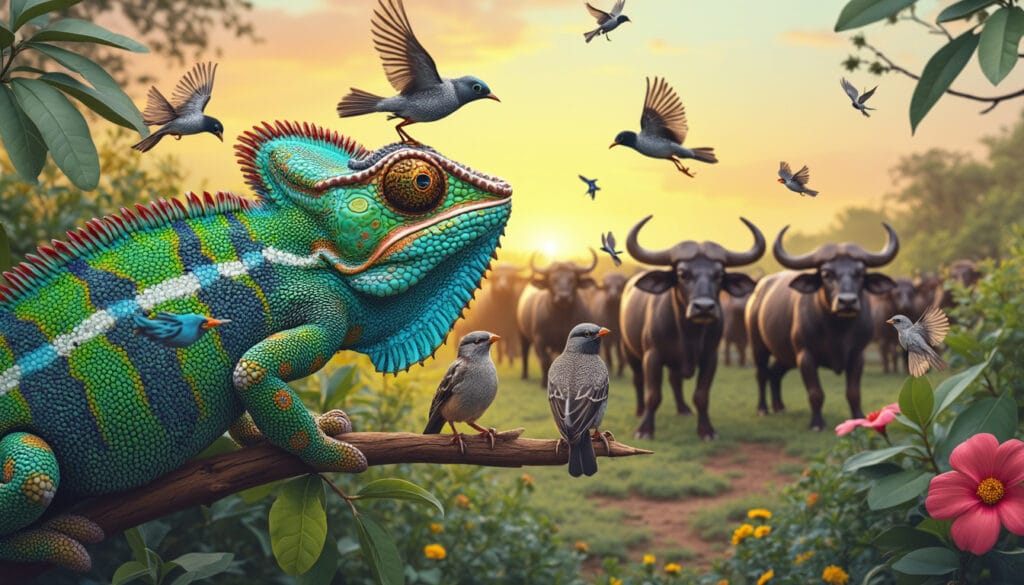The illegal trade in wild animals finds fertile ground on social networks, transforming these platforms into true black markets. By selling protected species through online ads, traffickers evade regulations and easily reach potential buyers. While authorities strengthen surveillance of physical markets, the online trade of these precious creatures intensifies, threatening global biodiversity.
In the forests near São Paulo, a wildlife conservation center welcomes parrots and toucans rescued from illegal trafficking. These birds, torn from the wild, arrive in an alarming state of nutrition, the result of illicit sales on social networks. Simone Haysom from the Global Initiative emphasizes that the virtual market, facilitated by platforms like Facebook, has become a key market for threatened species such as parrots, where their clandestine sale often occurs through private messaging apps like WhatsApp. Despite efforts by tech giants to curb this trade, the ease with which it thrives remains concerning, compounded by a lack of resources dedicated to monitoring these illegal practices.

illegal wildlife trade: a global problem amplified by social networks
The illegal wildlife trade represents one of the most insidious threats to global biodiversity. Thanks to the easy access and global reach of online platforms like Facebook and WhatsApp, this trafficking has intensified. According to a recent study, social networks have become a preferred venue for selling and buying protected species, thereby circumventing international and local regulations. Investigations conducted by WWF and other conservation organizations show that this trade in protected species is often facilitated by online ads that obscure the animals’ origins. Learn more about these issues: Geo.
the shadow mechanisms behind trafficking on social networks
Behind every seemingly innocuous advertisement on social networks lies a complex network of traffickers. These platforms offer a relative anonymity that attracts individuals seeking to buy or sell species illegally. Modern artificial intelligence tools are employed to detect suspicious ads, although the process remains complicated. Organizations like the Tonga Association analyze the impact of social networks to raise public awareness of the dangers of purchasing protected animals online. In most cases, poaching and the illegal trade of these species are linked to vulnerable local communities, making the fight against this scourge even more complex. For more perspectives, visit Tonga Association.
fighting trafficking and protecting wildlife
Efforts to combat this trafficking via social networks are on the rise but remain insufficient given the scale of the problem. Law enforcement, with the help of advanced technologies, is tracking illegal animal ads on online platforms. Legislation is also evolving to include harsher penalties for offenders. In France, the gendarmerie has intensified efforts to monitor online transactions involving threatened species. Public awareness initiatives are also essential to reduce the demand for products derived from illegal trafficking. Discover how the gendarmes contribute to these efforts on Gendarmerie.
Articles similaires
Thank you!
We will contact you soon.














